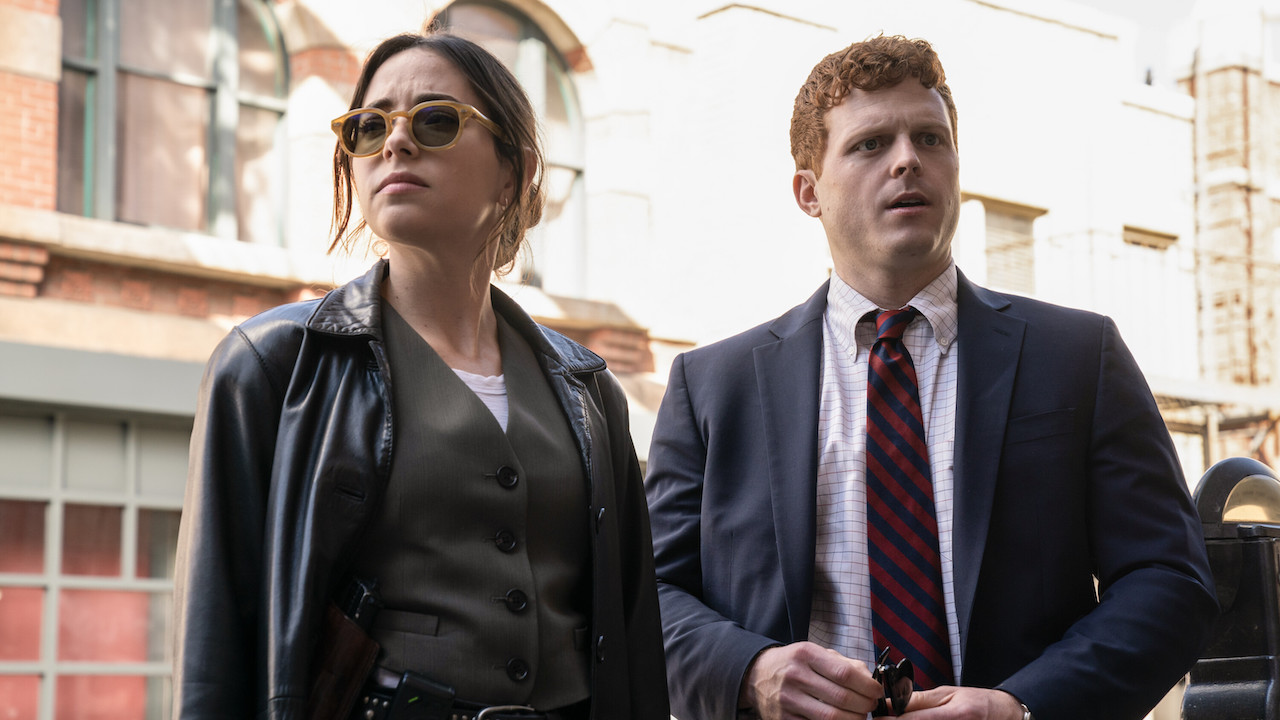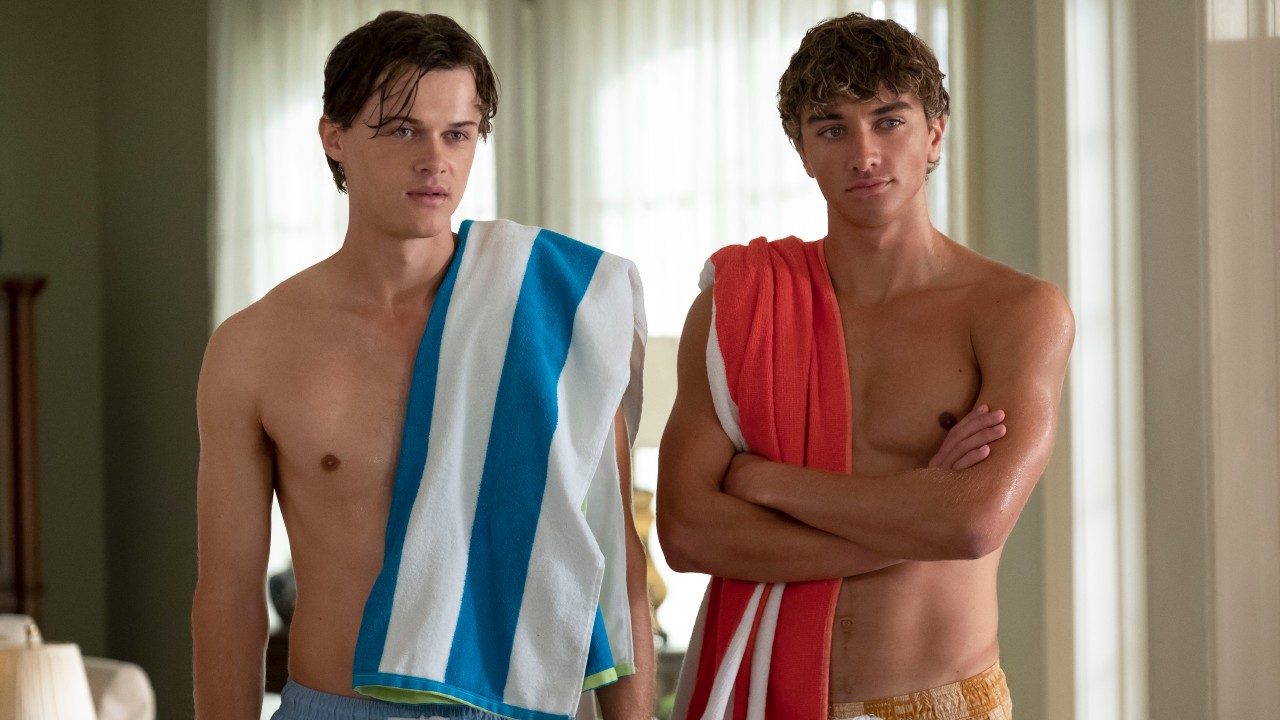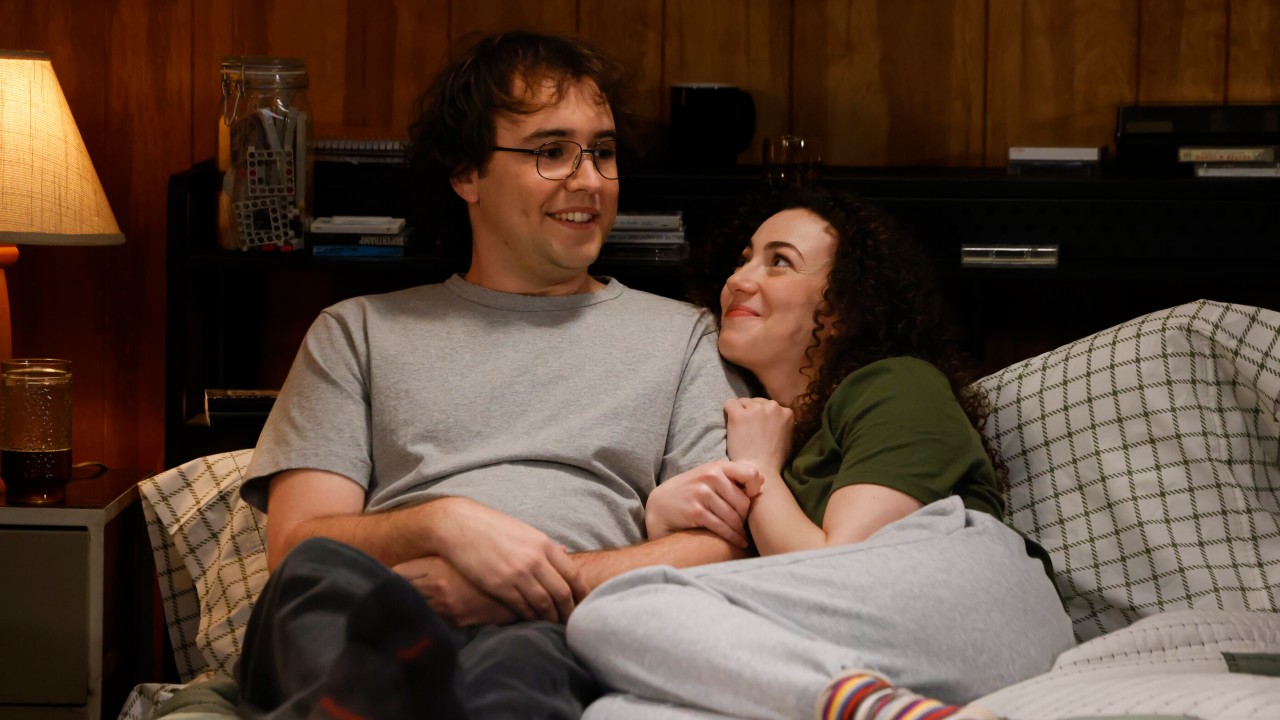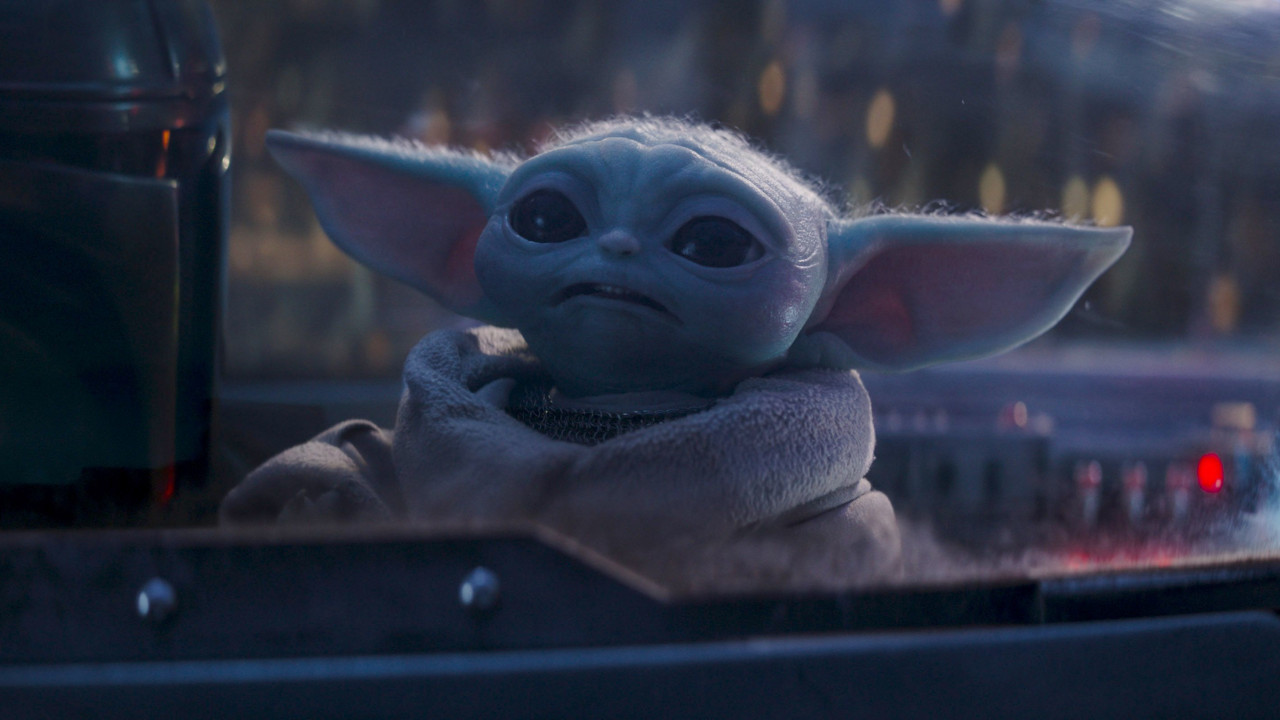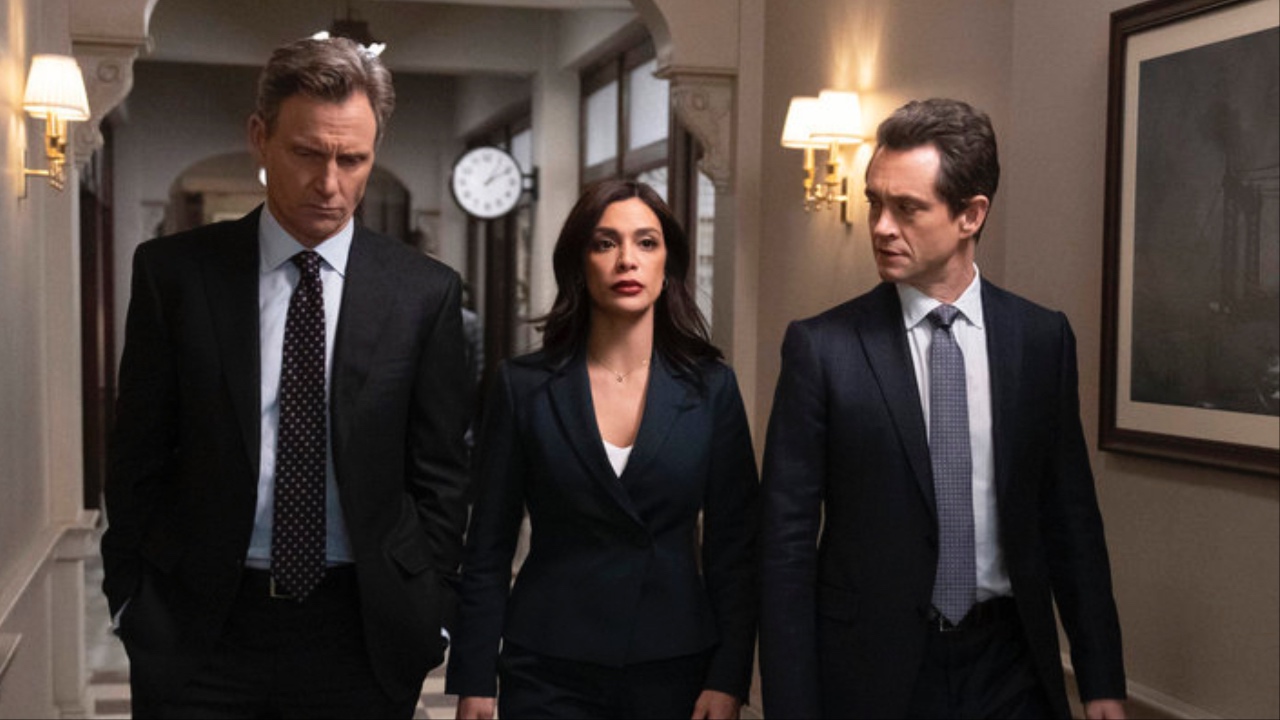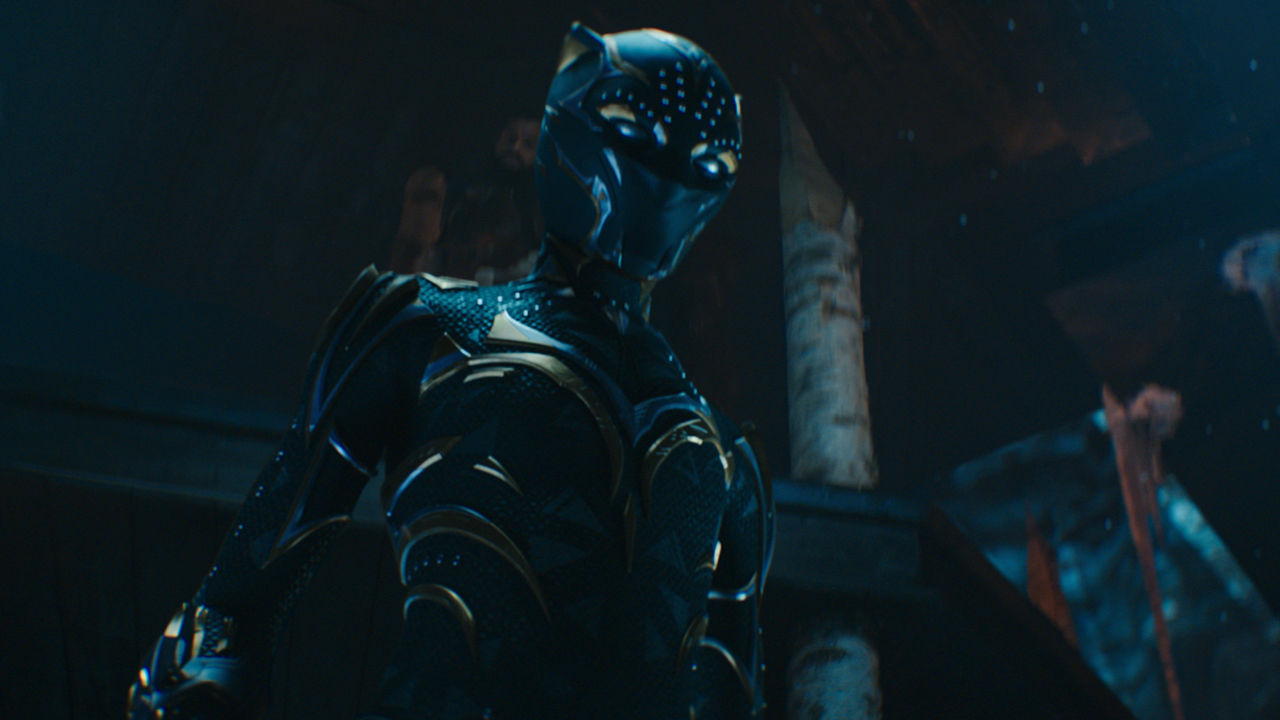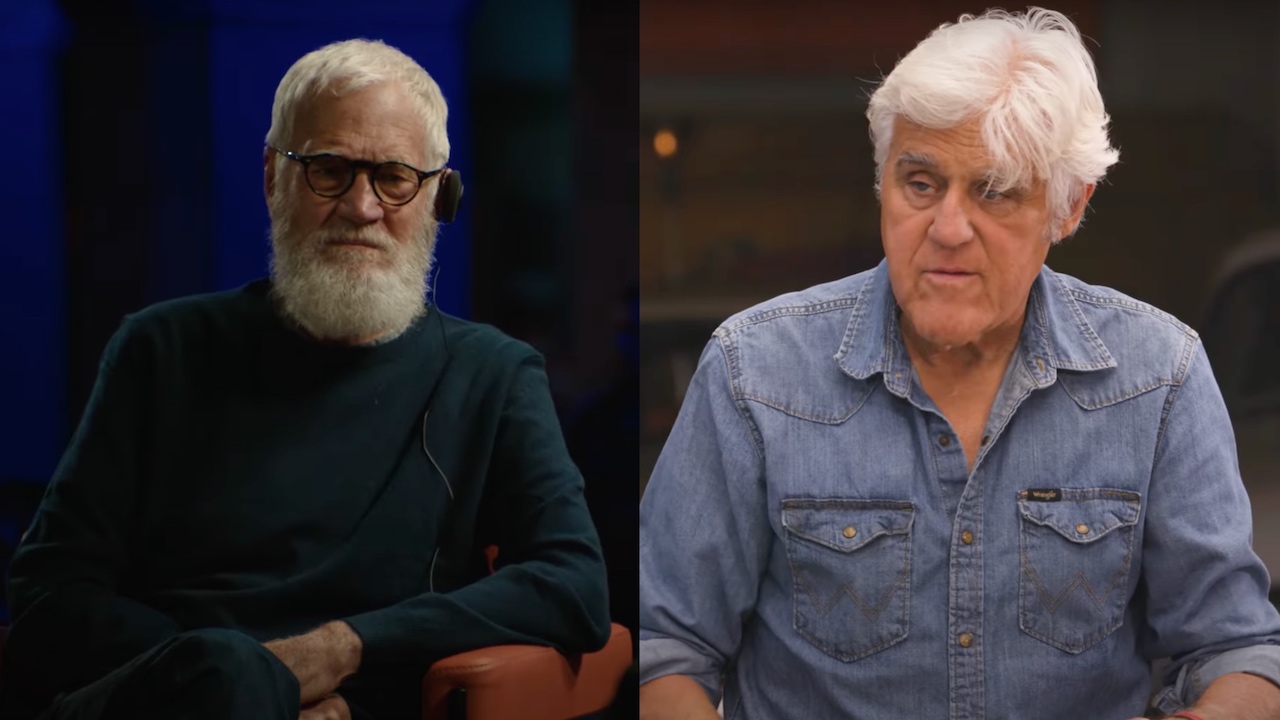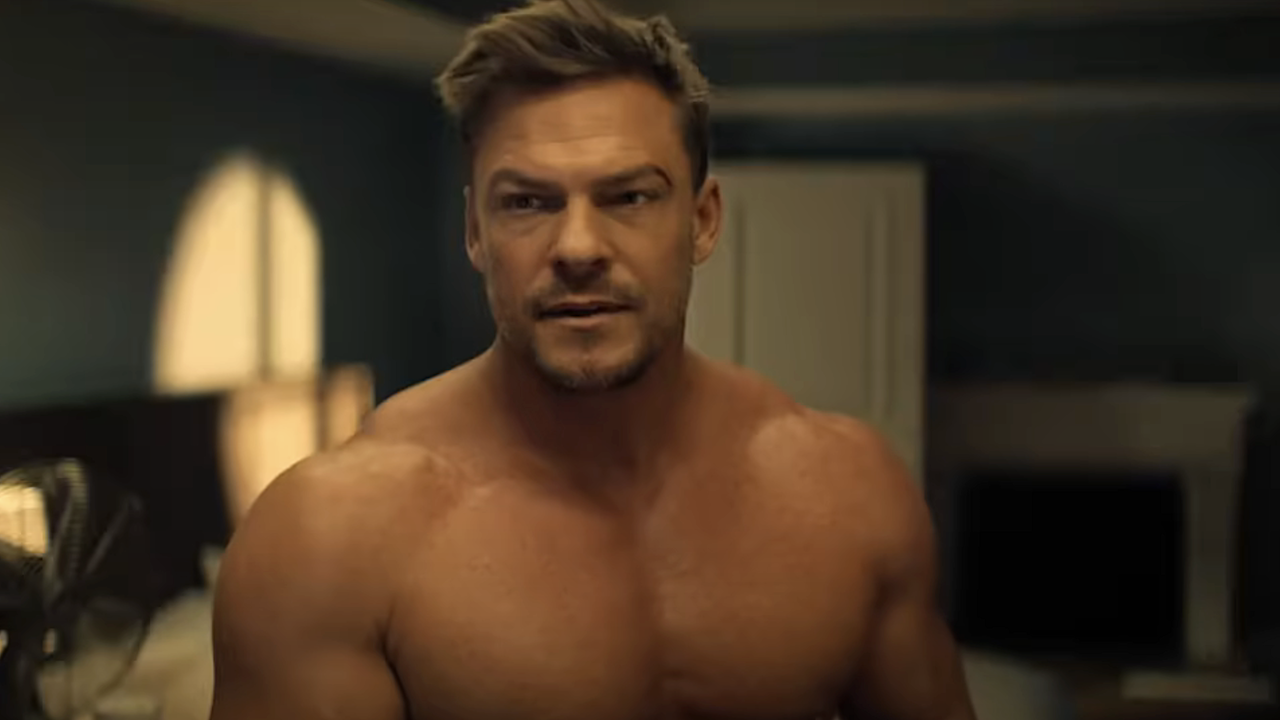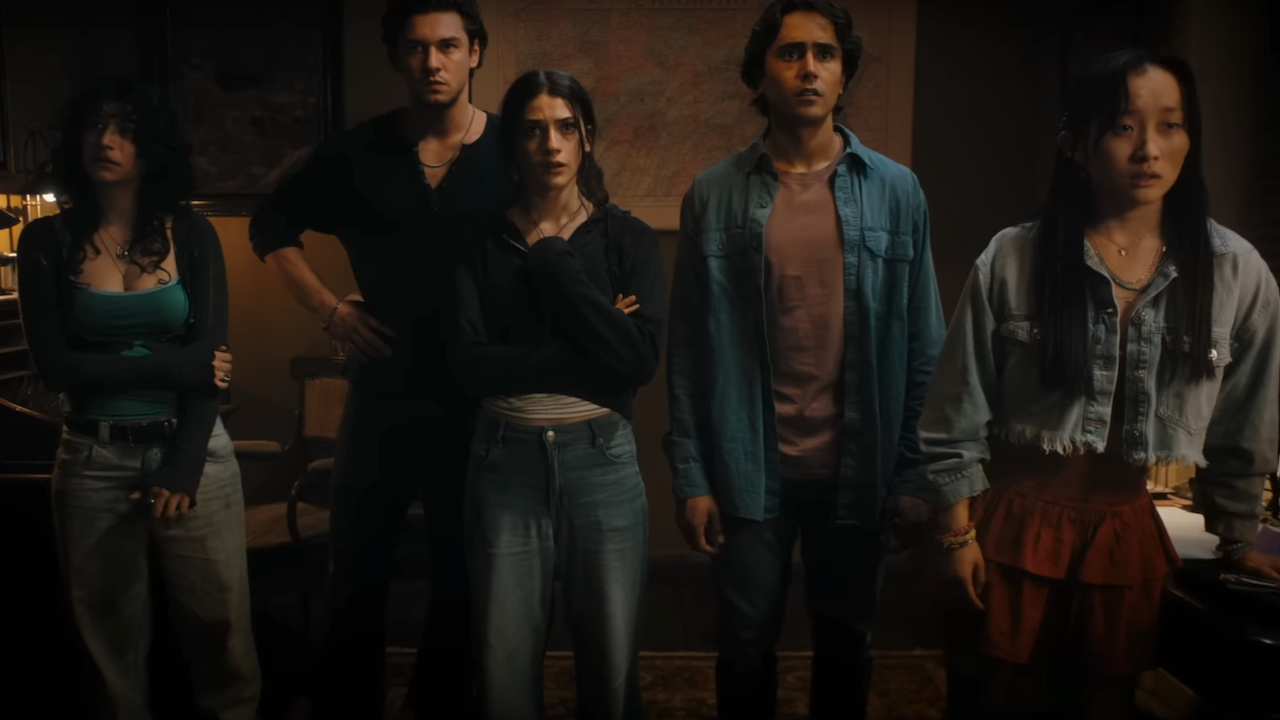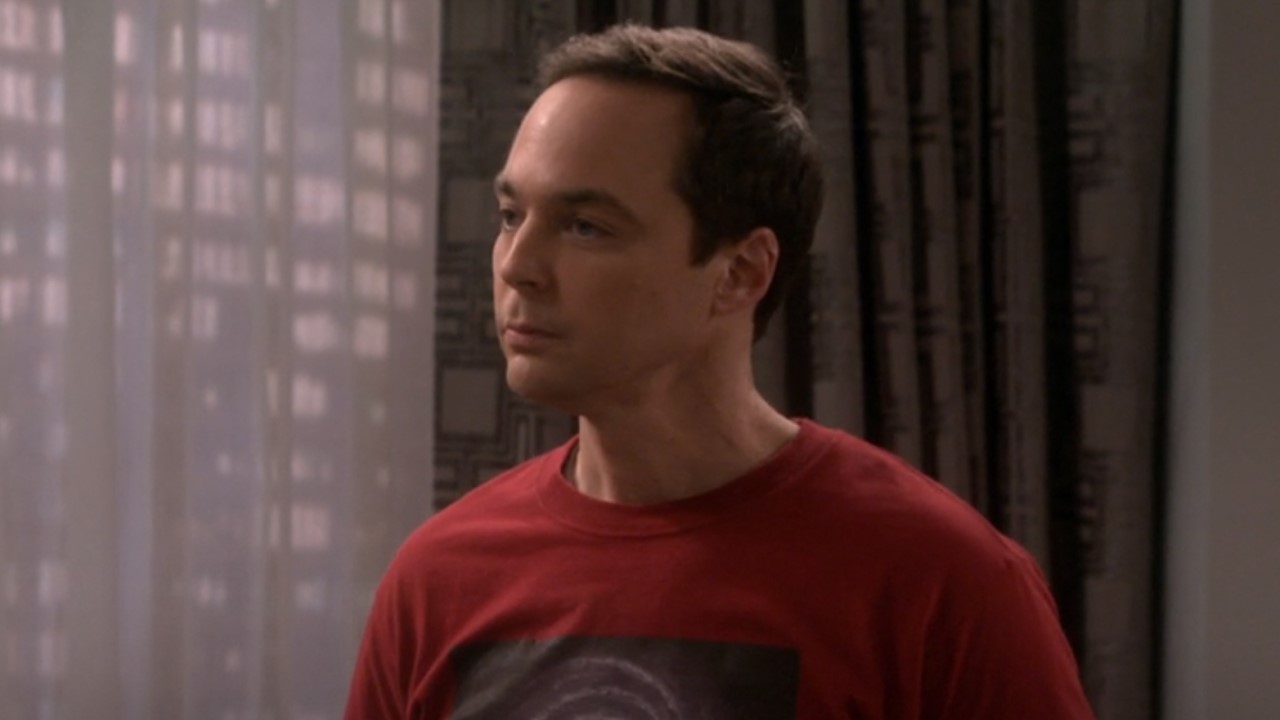Lisey's Story: How Stephen King's Nightmarish Long Boy Differs From The Book In The Apple Series Premiere Episode
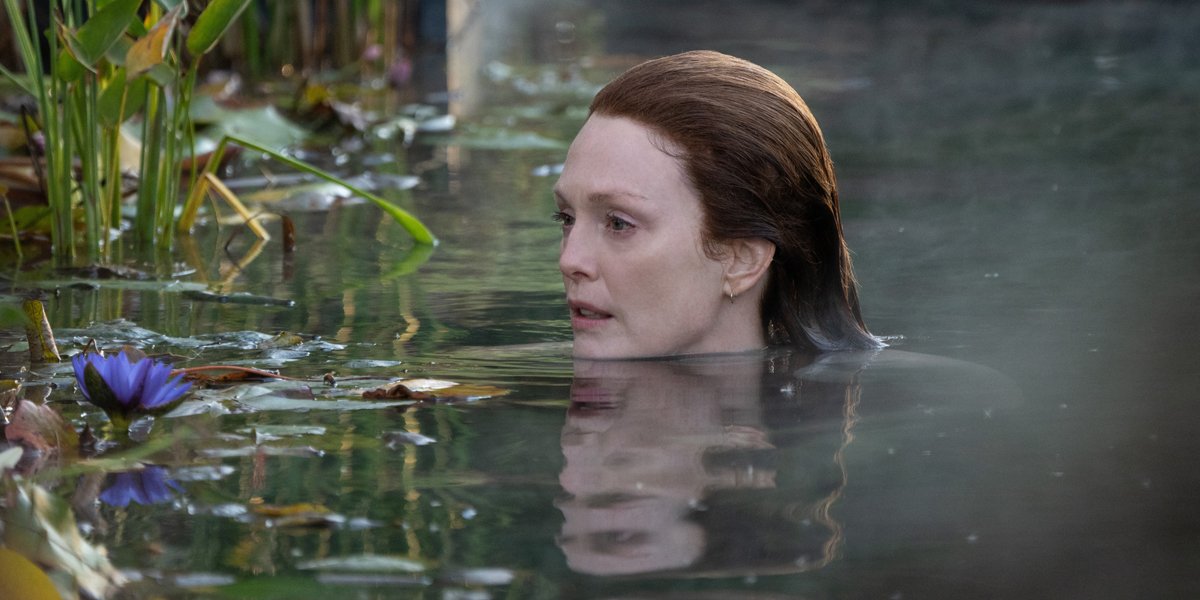
As prolific as Stephen King is when it comes to producing books, what makes his artistic output even more impressive are his additional credits as a screenwriter. In addition to having a few original scripts on his filmography, including 1992’s Sleepwalkers and 1999’s Storm Of The Century, he has also frequently adapted his own novels and short stories – resulting in movies and television shows including 1989’s Pet Sematary, 1994’s The Stand, and 2006’s Desperation.
King’s latest work penned directly for the screen is Lisey’s Story, based on the book of the same name and now airing on Apple TV+, and as one would expect it is very much a faithful take on the material. That being said, there are some notable changes that the author makes in the adaptation, and they all add something interesting to the live-action experience. There are seven from the premiere episode, “Blood Hunt,” that particularly stand out, and I’ve gone into detail about them below – starting with a big aesthetic change to the novel’s nightmarish monster, The Long Boy:
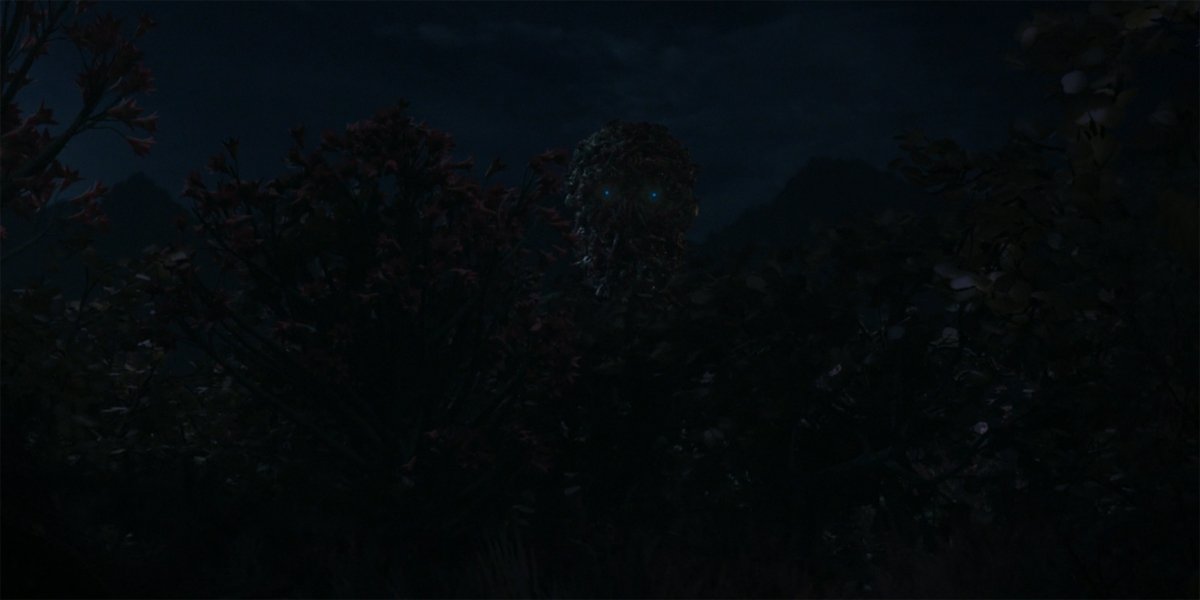
The Long Boy Has A Very Different Look
Stephen King has created more than a few memorable monsters in his time – from the vampiric terror Kurt Barlow in Salem’s Lot to the child-eating Pennywise The Dancing Clown in IT – and the latest addition to the author’s live-action canon is a terrifying one. Without getting into too many details this early in the game, The Long Boy is a creature that a person really shouldn’t get anywhere near, as a wrong step means an eternity of torturous hell. The brief glimpse we get at him in the first episode of Lisey’s Story is a properly freaky one, but it’s also hard not to notice that the miniseries version differs greatly from the one described in the novel.
In combination with the name and the repeated description of it as a “mottled thing with the endless piebald side,” the book makes the reader conjure the image of an ever-long, multicolored worm-like creature ("a great high river of meat"), but that’s not really what Lisey sees a flash of while dreaming in “Blood Hunt.” We only get a brief glimpse, but it appears that the skyscraper-sized creature stands erect and has two glowing eyes that peer out from a body that seems to be made of… parts. Hopefully it won’t be too long before the miniseries gives us a closer look.
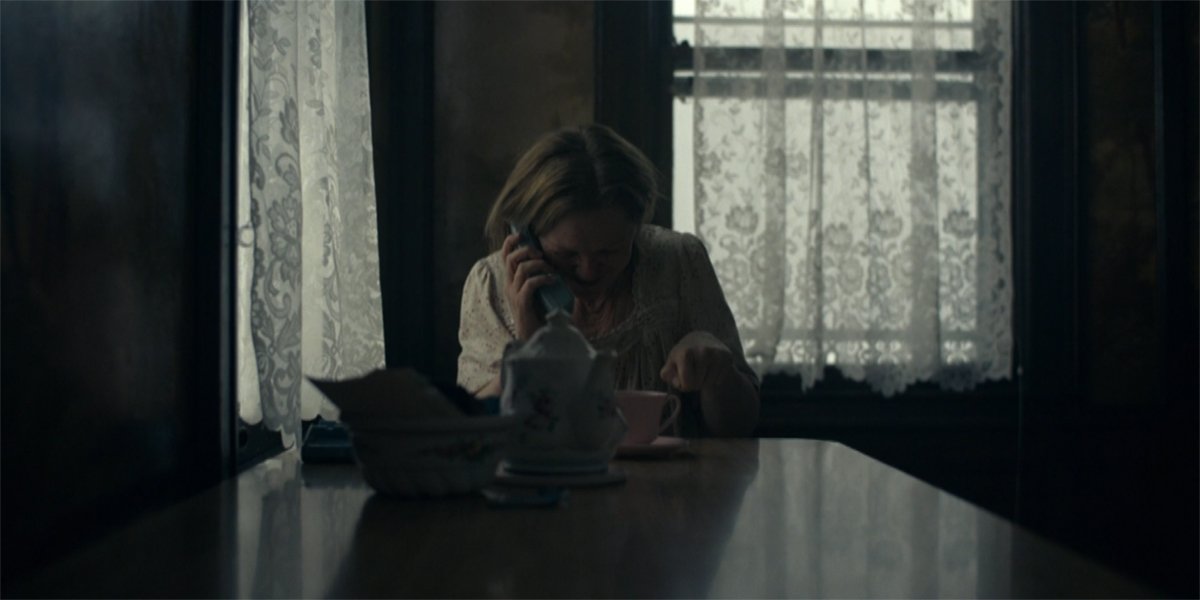
Amanda Has Her Incident Before Going To Lisey’s House
When it comes to Amanda Debusher’s entrance in the Lisey’s Story miniseries, the character played by the spectacular Joan Allen, Stephen King immediately serves up a shock. It is blood-curdling to watch the poor, sick woman grind her hands and arms into smashed porcelain, distraught by the news of her ex getting married. This act itself isn’t wholly different than the horrific self-harm that is depicted in the book, but what has been changed is that Amanda’s incident doesn’t happen until a scene following her initial introduction.
In the novel, Amanda is brought into the story early on when she is at Lisey’s house and makes a personal mission of labeling and organizing pictures and articles in Scott Landon’s office. It’s a much softer way of getting to know the character and her relationship with her sister, while at the same time still giving audiences insight to her mental condition. As for why the change was made, it’s likely just because a miniseries doesn’t have the same kind of narrative real estate as a book, and so King made the call to compact the events of the opening chapters.
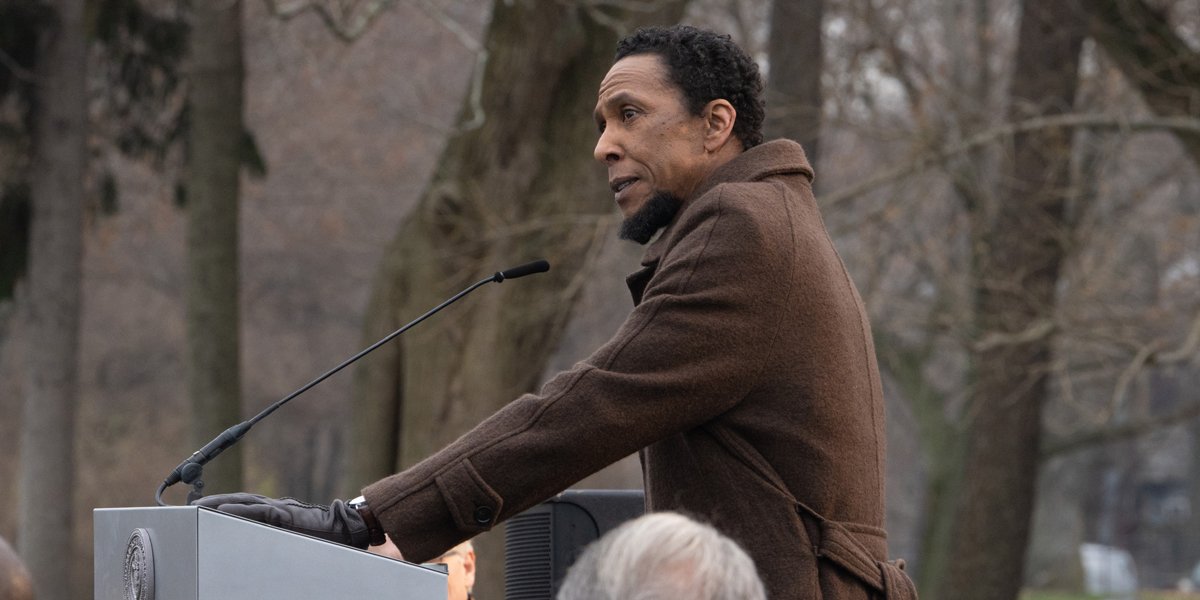
Professor Roger Dashmiell’s Role Is Merged With Professor Joseph Woodbody’s
Speaking of compacting elements of Lisey’s Story, the show also takes two of Stephen King’s characters and combines them into one – namely Professor Roger Dashmiell and Professor Joseph Woodbody. In both versions Dashmiell is present during the groundbreaking ceremony where Scott is nearly assassinated by Gerd Allen Cole (fun note: Horlicks College is a Creepshow/Creepshow 2 Easter egg), but that’s pretty much where that character’s journey ends in the source material. After Scott Landon’s death, it is Woodbody who hounds Lisey and makes a deal with Jim Dooley, but it would appear that he has been erased from the adaptation entirely.
CINEMABLEND NEWSLETTER
Your Daily Blend of Entertainment News
Frankly, this makes all the sense in the world. The scene at Horlicks informs audiences that Dashmiell is an academic with a passion for Scott’s writings, and it just makes sense to carry the character over from that flashback sequence into the present when the custody of the unpublished manuscripts is called into question.
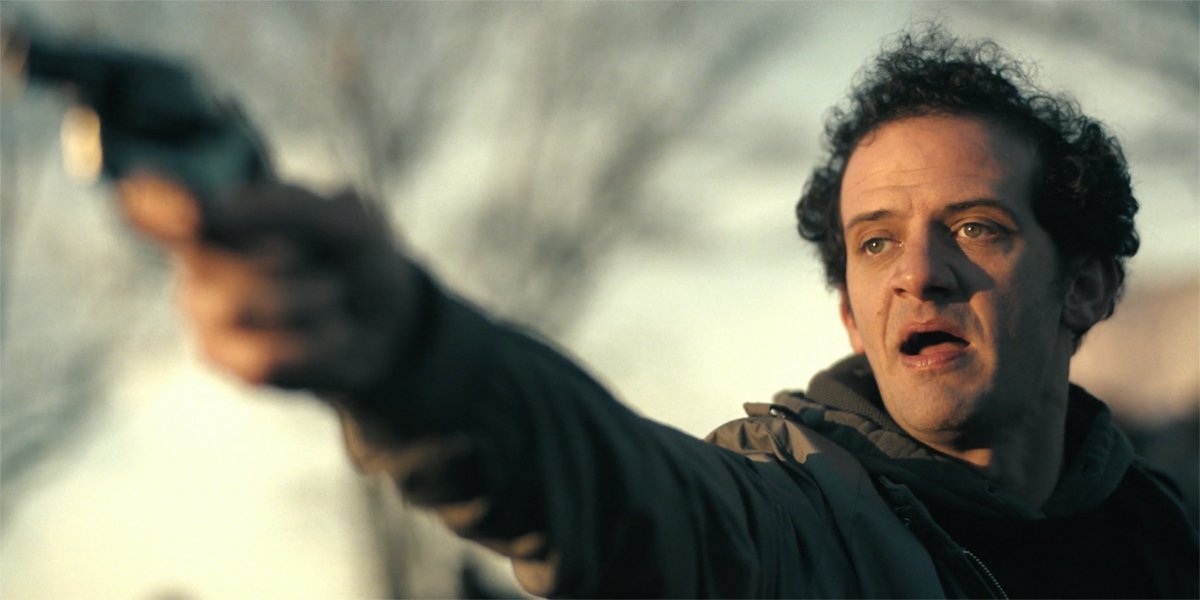
Gerd Allen Cole Has A Different Message Before Shooting Scott Landon
While Scott Landon is clearly a very popular and acclaimed author, an unfortunate side effect of his writing is that he has a tendency to attract people who aren’t totally together mentally speaking (Scott and Lisey call these fans Deep Space Cowboys). Gerd Allen Cole, the assassin who attempts to kill the author at Horlicks University, is one such fan, and the series definitely captures his energy… but one interesting alteration is the would-be killer’s line of dialogue right before he opens fire.
Whipping out his gun, Gerd proclaims “You stole my stories; you stole my mind” as he prepares to shoot Scott in the Apple TV+ adaptation, but Stephen King’s line in the novel is far nuttier: “I gotta end all this ding dong for the freesias.” Could this be setting up an even bigger change later in the series? Or is it just King making an alternate choice? We can’t really say just yet.
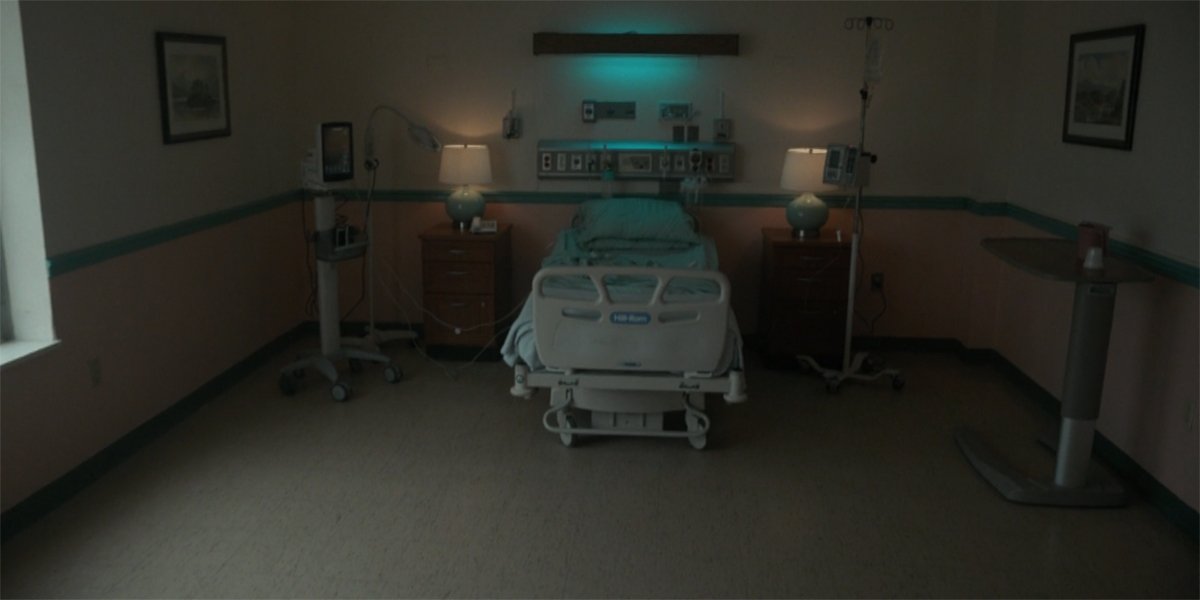
Scott Disappears And Reappears For Lisey, Not The Nurse, In The Hospital
While trying to help her sister and fending off Roger Dashmiell/Jim Dooley, Lisey Landon’s arc is very much propelled by her reticently remembering repressed memories from her relationship with her husband – namely those that reveal a mysterious and fantastical aspect of who he was. In the first episode of Lisey’s Story we see this in part illustrated by the scene where the titular protagonist goes to visit Scott in the hospital and is surprised to discover that he isn’t in his room. This is a moment in part taken directly from Stephen King’s book, but with a bit of a twist.
The novel features a scene similar to the one in the show where Lisey talks with a nurse in the hospital about Scott’s condition after he is shot, but part of that conversation is also the nurse recounting that there are moments when he seems to disappear into thin air – with Lisey retorting that the author has a talent for "blending in with his surroundings." Rather than delivering this information from a second hand source, the adaptation opts to show instead of tell, and while doing so also showcases a new side effect of Scott’s abilities not in the source material: the running faucets.
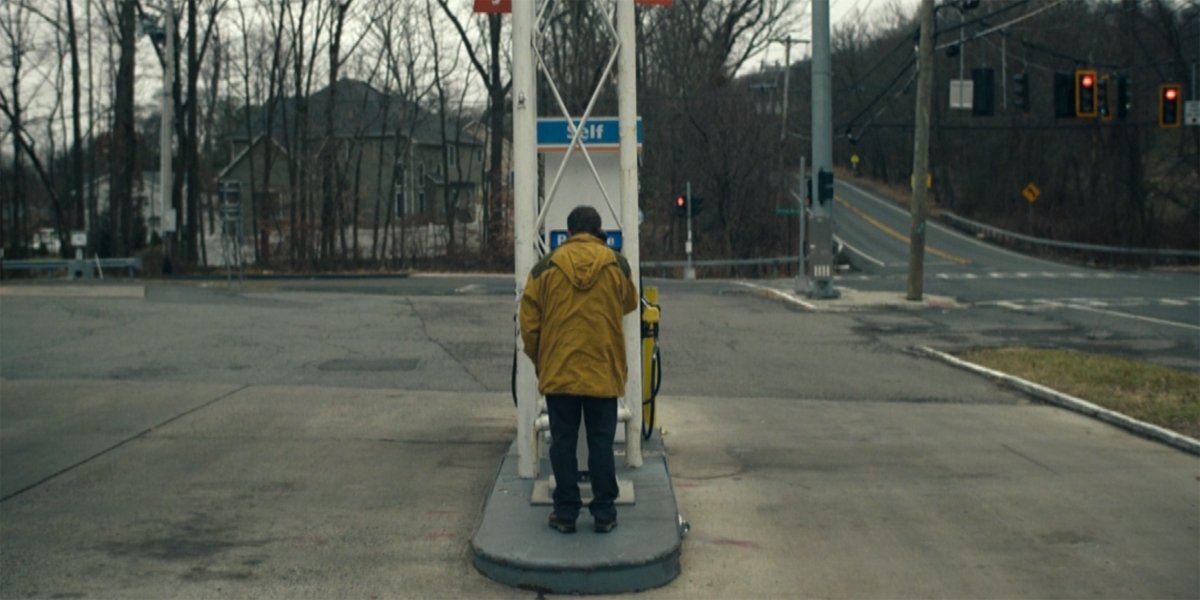
Jim Dooley Goes By Jim Dandy Instead Of Zack McCool
When it comes right down to it, Jim Dooley is a villain who is definitely way more about drive than he is about tact. While he has the wherewithal not to drop too many breadcrumbs, part of what makes him scary is that he cares way more about getting what he wants than facing consequences for the way he goes about doing things. His new nickname in the adaptation of Lisey’s Story paints this picture well, as while Stephen King’s novel has the character introduce himself with the moniker Zack McCool, the miniseries sees him pick one much closer to his real name: Jim Dandy.
“Cool” and “Dandy” are both what could be called “calm” words, so they very much serve the same purpose in that sense, but there is something just a tad bit more threatening about him using Jim Dandy because of the confidence it suggests. Of course, it doesn’t really matter ultimately, as the menacing calls in both the book and the miniseries wind up getting the same result, which is Lisey screaming into the phone that he should “go fuck [himself].”
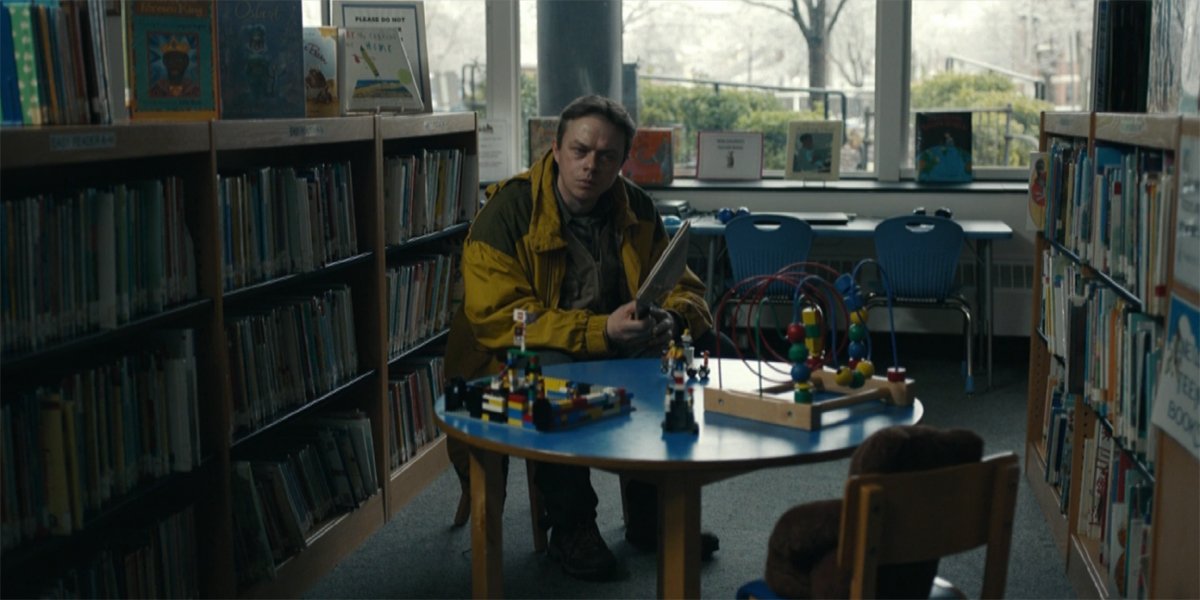
The Scene With Jim Dooley In The Library Is Brand New
While surely meant to stand alone as its own thing, Lisey’s Story as a miniseries is in a way an opportunity for Stephen King to write a new draft of a book that has already been published, and in that sense it will be particularly interesting to see the wholly new sequences invented for the adaptation. A perfect example of this in “Blood Hunt” is the scene with Jim Dooley in the library. Clearly the author felt the character warranted some expansion when writing the premiere’s teleplay, and the result is the character quickly coming across as a lunatic not to be messed with.
Even more fun is the fact that the scene makes Lisey’s Story a much more significant presence in the larger Stephen King Universe. How? The children’s book that Jim discusses, Charlie the Choo-Choo by Beryl Evans, has origins in King’s Dark Tower Series, as it is purchased at one point by protagonist Jake Chambers. It’s also a book that has been printed in real life and can be added to your personal King collection.
If you’re hooked after watching the premiere of Lisey’s Story, the great news is that you can immediately keep going, as the show’s big debut on Apple TV+ includes the first two episodes. Once you’ve finished watching, head on over to my book-to-show comparison for “Blood Bool” – which you can find by clicking on the banner below!



Eric Eisenberg is the Assistant Managing Editor at CinemaBlend. After graduating Boston University and earning a bachelor’s degree in journalism, he took a part-time job as a staff writer for CinemaBlend, and after six months was offered the opportunity to move to Los Angeles and take on a newly created West Coast Editor position. Over a decade later, he's continuing to advance his interests and expertise. In addition to conducting filmmaker interviews and contributing to the news and feature content of the site, Eric also oversees the Movie Reviews section, writes the the weekend box office report (published Sundays), and is the site's resident Stephen King expert. He has two King-related columns.
